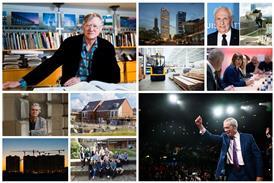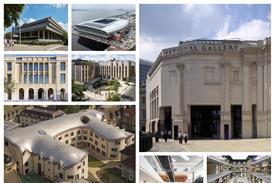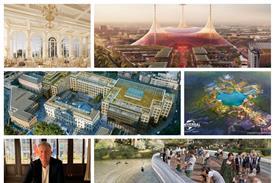As architects seek facade materials that balance sustainability, performance and design integrity, thermally modified wood is emerging as a frontrunner. Enhanced using only heat and steam, this innovative timber offers lasting durability, dimensional stability and a refined, modern aesthetic
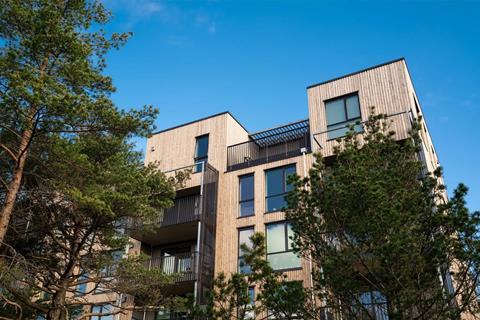
As architects look for high-performance, sustainable facade materials that don’t compromise on aesthetics, thermally modified wood is rising to the challenge by offering durability, dimensional stability and a naturally refined character that’s changing the way we think about wood in architecture.
Timber facades have long been admired for their warmth and texture, but they’ve also posed challenges in durability, weathering and responsible sourcing. Thermally modified wood – timber that has been enhanced using only heat and steam – is enabling architects to achieve clean, contemporary aesthetics with all the benefits of modern performance.
From residential retreats to public buildings in harsh northern climates, thermally modified wood is proving itself as more than just a sustainable alternative to tropical hardwoods. It’s a design-forward material that works hard behind the scenes: resisting rot, staying stable across seasons and aging with quiet elegance.
What is thermally modified wood?
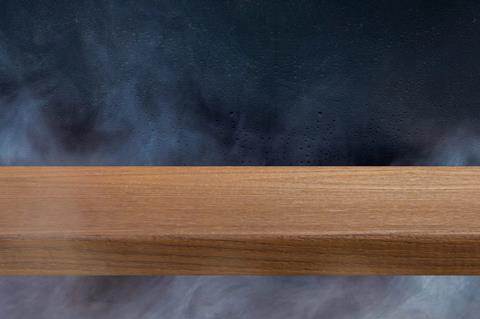
Thermally modified wood is created through a high-heat modification process where softwoods like pine or hardwoods like ash are treated at temperatures up to 215°C in a controlled, oxygen-free environment. No chemicals are added – just heat and steam. This alters the internal structure of the wood, reducing its ability to absorb moisture and significantly improving its dimensional stability.
The result is a timber product that’s naturally durable (achieving Durability Class 1 or 2), resistant to decay and fungi, and ideal for exterior use in cladding, decking and outdoor joinery. Because it no longer expands and contracts with humidity like untreated timber, thermally modified wood maintains its shape and surface for longer, even in demanding climates.
It’s also a low-maintenance material. If left untreated, it develops a silver-grey patina over time, making it an appealing choice for contemporary architecture.
Performance meets aesthetic
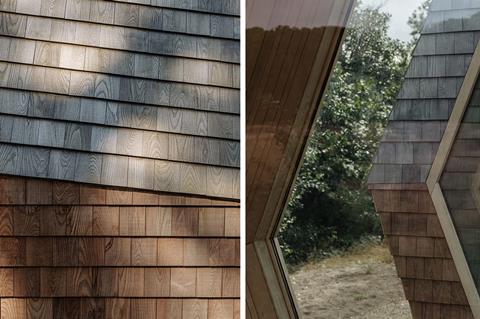
While performance is critical, architects are increasingly drawn to thermally modified wood for its consistent tone, clean lines and architectural versatility. With a smooth finish, uniform grain, and various profile options – from slender vertical slats to wide horizontal boards – it supports a wide range of contemporary facade expressions.
Its muted, refined aesthetic lends itself well to Scandinavian, Japanese and modernist design vocabularies. Cladding can be installed vertically or horizontally to emphasize structure or flow, and hidden fastener systems allow for uninterrupted surfaces.
Sustainability is another strong draw. For example, Thermory’s timber is sourced from certified forests and the thermal modification process itself uses no toxins. Combined with its long service life and recyclability, thermally modified wood is well-suited to low-carbon, circular building practices.
In practice: from coastal homes to historic sites
Coastal Retreat, California
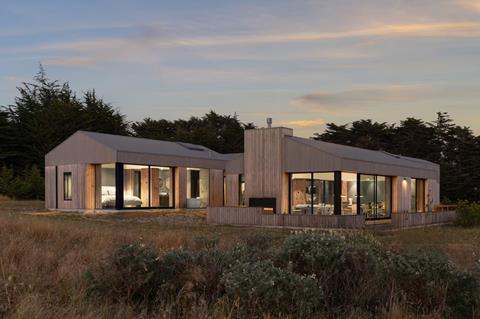
Along California’s dramatic Sonoma coast, Hatchway Home by architect Robert P. Gabriel exemplifies how thermally modified wood can harmonize built form with natural surroundings. Vertically installed Radiata pine cladding echoes the rhythm of the nearby cypress trees and undulating meadow grass, while the untreated boards are designed to silver gracefully in the coastal light.
Deep window recesses and sliding glass doors allow the cladding to continue indoors, blurring the boundary between architecture and landscape. The vertical emphasis not only draws the eye upward, reinforcing the home’s slender form, but also evokes a quiet dialogue with the upright posture of the surrounding trees.
The durability of thermally modified radiata pine ensures the facade will withstand coastal fog, salty air and shifting temperatures – all without compromising on the home’s minimalist beauty.
Bomarsund Visitor Centre, Åland Islands
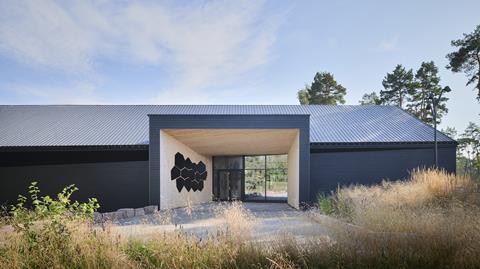
Set within the rugged coastal landscape of Finland’s Åland archipelago, the Bomarsund Visitor Centre by architect Daniel Andersson creates a striking dialogue between past and present. Designed as a contemporary counterpoint to the ruins of a 19th-century fortress, the building is wrapped in black thermally modified wood cladding from Thermory’s Ignite collection.
The Ignite finish mimics traditional Japanese yakisugi without the maintenance concerns of charred timber, giving the facade a dark, tactile surface that resonates with the historic stone surroundings.
Selected for both its aesthetic impact and weather resilience, the thermally modified wood provides long-lasting protection in the archipelago’s challenging climate – resisting moisture, UV and temperature extremes. Over time, the blackened surface will retain its depth and texture, offering a dramatic yet natural contrast to the weathered granite remains.
Specifying thermally modified wood: What architects should know
- Species choice: Thermally modified pine is popular for affordability and a wide range of applications. Ash offers a rich dark tone with excellent durability and is often the go-to choice for premium designs.
- Profile options: Choose from tongue-and-groove, shiplap, or open rainscreen profiles depending on aesthetic and technical needs.
- Finishes: It can be left untreated to weather naturally, finished with UV-protective oil to retain its original tone or painted to get the desired look.
- Fire performance: With the right fire-retardant treatment, thermally modified wood can be suitable for many public and residential projects.
- Minimal maintenance: Regular cleaning or recoating (if oiled) can extend visual longevity, but untreated boards require no sanding or staining.
Thermory thermowood
In a time when buildings are expected to endure and inspire, Thermory’s thermally modified wood combines natural beauty with proven performance. With over 20 years of experience and meticulous sourcing, Thermory offers a wide range of profiles designed to meet modern architectural demands. Working closely with architects, Thermory provides expert support to help specify the right products for each project, making thermally modified wood a trusted choice for sustainable, long-lasting design.


